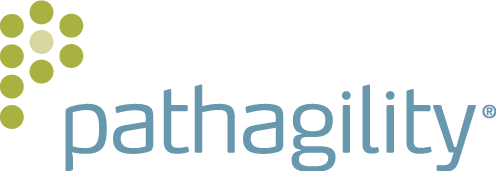You know just about everything there is to know about your lab. You understand the technology you use and how it works, you know each member of your staff and the roles they play, you know backwards and forwards all of the tests your lab equipment can read, and you can predict what TaT times are for each hour of the day. But for just a moment as you’re reading this post, forget everything you know about your medical lab. While you’re reading this post, you’re the patient. You’re the one that went to the your family physician and had important tests done earlier this week – blood work to determine why your body hasn’t been functioning properly the last couple months and why your medicines are reacting the way they are. You’re uneasy about the results, your family keeps asking if you’ve heard anything, and you’re anxious to get the tests back, whatever answers they may hold. You just want to know, and you want to feel better.
This scenario is an everyday occurrence for thousands of patients across the nation each day who have tests performed, for whatever the reasons may be. And they count on a series of events happening efficiently and effectively so they can determine what’s next, with the help of their referring physician.
Your lab, no matter your specialty, plays an integral role in the patient experience, whether you have direct interaction with the patient or not. So what can your lab do to directly improve the patient experience? Here are 3 ways:
- Provide Referring Physicians or Groups With Intuitive Information
Your referring physicians see upwards of 10 patients a day – often times, even more than that. Because their time is in such demand, the more readable your reports and intuitive your data and results, the better your referring physicians will be able to help the patient. As a lab, you can create beautiful, easy to interpret reports by using a LIMS system like Pathagility that can help your lab determine the types of tests and reports you need and help determine the algorithms to process the interpretive reporting. Remember: the better the reports, the better the diagnosis or recommendation, and the more satisfied (and healthier!) the patient.
- Improve Turnaround Times (TaTs) of Lab Tests
There’s nothing worse than getting lab work done and not hearing results back for days or weeks on end. What’s worse, when a patient calls their physician to find out, they are told they don’t have an answer and aren’t sure when they’ll hear. As a patient, you can relate to the frustration and fear that creates in the patient.
For your lab, you play an enormous part in improving this step in the patient experience, and ensuring all systems are integrated across your lab is a key element. As a lab executive, you need a central laboratory reporting solution (such as a LIMS) that will adapt across any type of test, device or laboratory. In addition, today’s advanced labs need a platform that can easily integrate with other existing systems such as EMRs, LIMS, billing systems, lab instruments, and middleware to ensure that all data is available in one single, secure location.
How does this affect the patient experience? When all lab data is stored in a central environment, it allows lab staff to act quickly and with supreme accuracy when creating reports or compiling data for referring physicians or groups. With fewer interruptions, lab staff can stay focused on the important tasks before them and ensure they are delivering the best information back to the referring physician or group, and thereby helping to answer the patient’s questions sooner and with more accuracy.
- Create an Environment Where Everyone’s Voice is Heard
While you or your peers may oversee the entirety of lab operations and be responsible for quality and other measures, often times technicians and others working in the lab have firsthand insight into processes that can be optimized. In a lab where preciseness, quality, efficiency, volume, and timing all matter greatly, it’s important to find every area across lab operations that can be improved. And what better place to look for guidance than your employees?
Lab technicians, operations managers, and others in your lab may have valuable opinions and reasons to suggest new ways for your lab to do business. For example, perhaps one of your technicians notices that a step is being repeated and isn’t necessary. Or maybe the reports are created by your reporting solution, but aren’t delivered to the referring physician in the most timely manner. By allowing every lab employee to speak up and raise concerns or suggestions, you are empowering your lab staff, and thereby improving the end results for both referring physicians, as well as patients. And maybe even your lab’s own bottom line.
Without exception, labs should strive to ensure the patient remains the primary focus above all else, with the absolute goal of delivering premier care.
For more information on how your lab can gain complete control, check out these recent Pathagility resources:
3 Ways Tox Labs Are Innovating
How Top PGx Labs Are Utilizing Tech – and How to Keep Up
To learn more about how Pathagility can help your lab establish best practices, request a 30-minute demo.
